Easy Science Fair Project for 3rd Graders
Want to see your third grade science students' eyes light up? Tell them they're going to do an experiment! These activities are easy enough for any classroom or kitchen, and they're full of science concepts kids need to learn.
(Just a heads up, WeAreTeachers may collect a share of sales from the links on this page. We only recommend items our team loves!)
1. Make glowing flowers
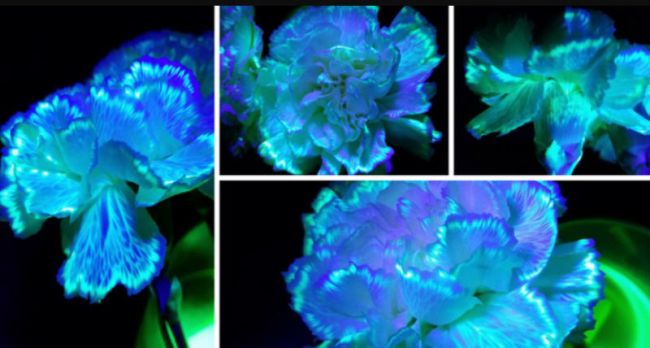
This one will make kids' eyes pop out of their head! Use highlighters and a blacklight flashlight to reveal the vascular system of flowers.
Learn more: Tamara Horne
2. Flick pennies to learn about inertia
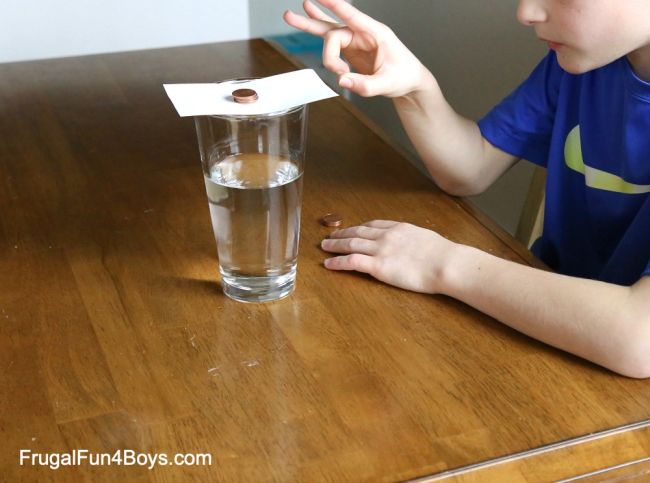
This is one of those science experiments that kind of looks like magic, but it's really all about the laws of motion. It might take a little practice to get the index card flick just right, but the results are always cool!
Learn more: Frugal Fun For Boys and Girls/Penny Inertia
3. Find your way with a DIY compass
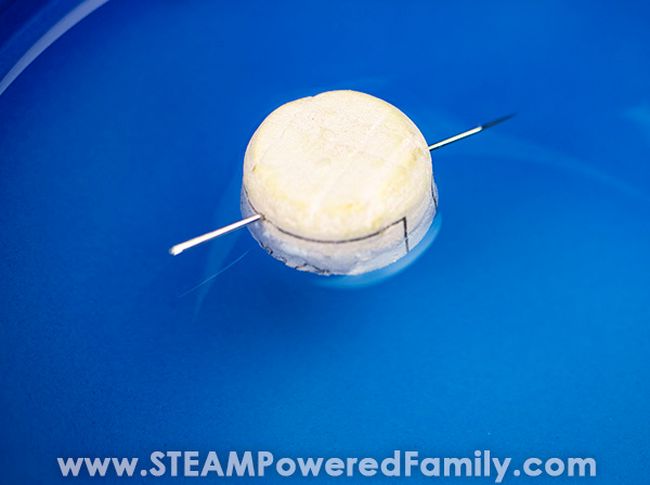
Here's an old classic that never fails to impress. Magnetize a needle and float it on the water's surface, and it will always point north.
Learn more: STEAM Powered Family
4. Separate salt and pepper with static electricity
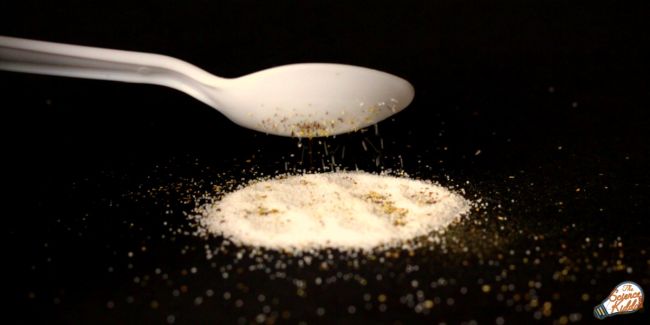
When you mix up salt and pepper, you'd think it would be almost impossible to separate them again. But using a little static electricity and a plastic spoon, it's surprisingly simple.
Learn more: Science Kiddo
5. See the temperature rise in a chemical reaction
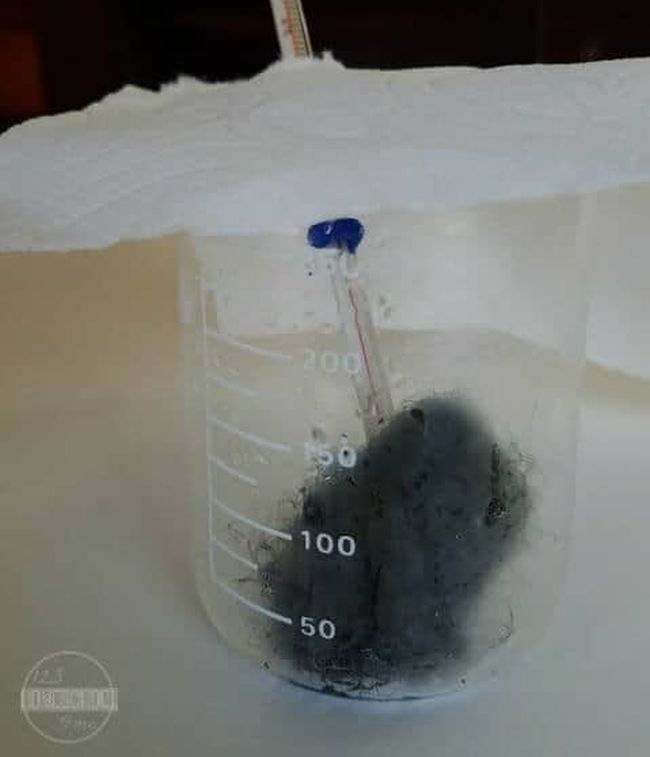
When iron meets oxygen, rust forms. Use vinegar to remove the protective coat from steel wool and watch the temperature rise from the chemical reaction.
Learn more: 123Homeschool4Me/Thermal Reaction
6. Design a candy-delivery machine
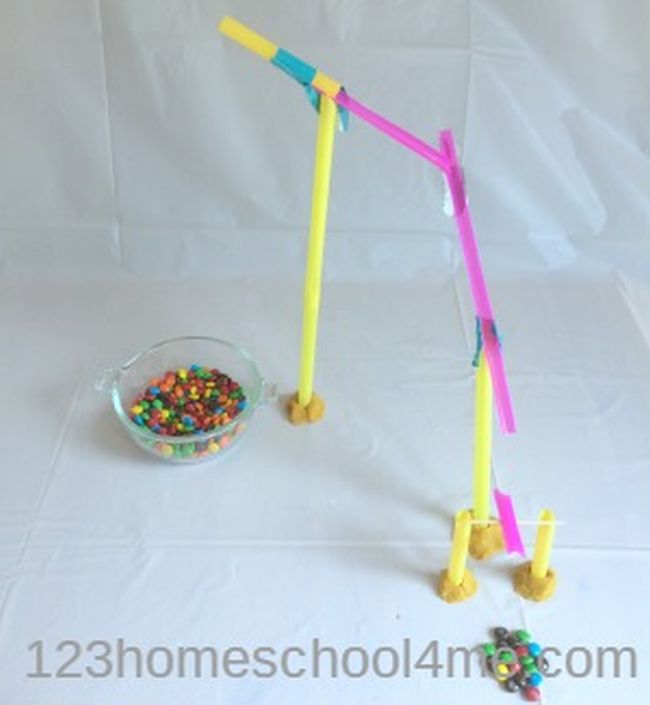
Learn about inclined planes with this fun simple machines project. Kids can get creative and develop any kind of delivery system they like!
Learn more: 123Homeschool4Me/Candy Machine
7. Mix up your own silly putty slime
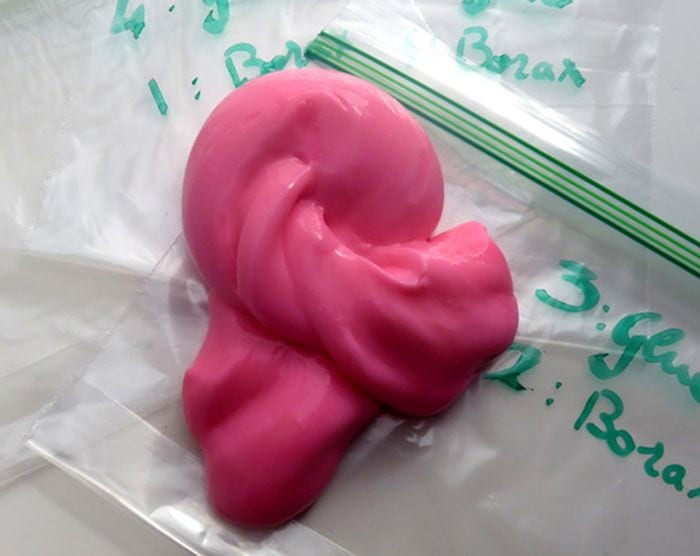
Kids adore slime, and it's actually a terrific way to teach them about polymers. This third grade science experiment plays around with different formulations to create slime with varying properties.
Learn more: Science Buddies/Slime Chemistry
8. Craft fossils from glue
Create clay molds of natural objects, then fill them with school glue to make your own "fossil" casts. This is a great project to try before a trip to the natural history museum.
Learn more: Education.com/Glue Fossils
9. Float an iceberg
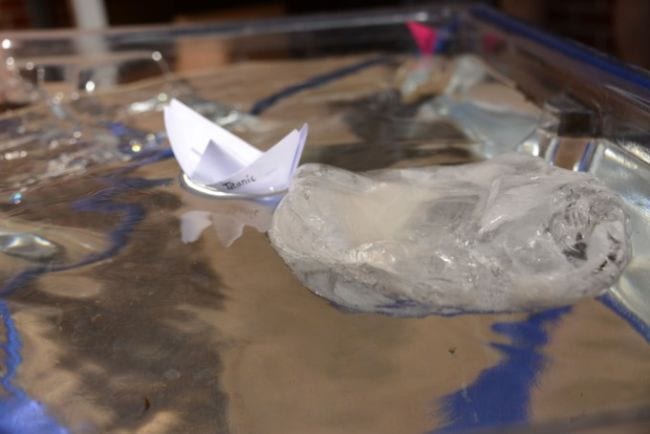
Use a balloon to make an iceberg, then float it in a dish of water to learn how much you can see above and below the waterline. Try experimenting with saltwater to see how the density changes things.
Learn more: Science Sparks/Icebergs
10. Defy gravity with magnets and paper clips
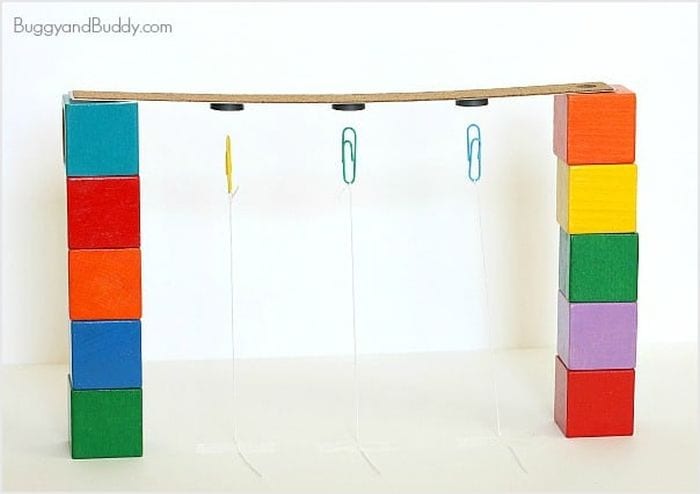
Magnets are always a hit in the classroom. Use this simple experiment to discover more about gravity and the effects of magnets on metal objects.
Learn more: Buggy and Buddy/Magnet Gravity
11. Take a Play-Doh core sample
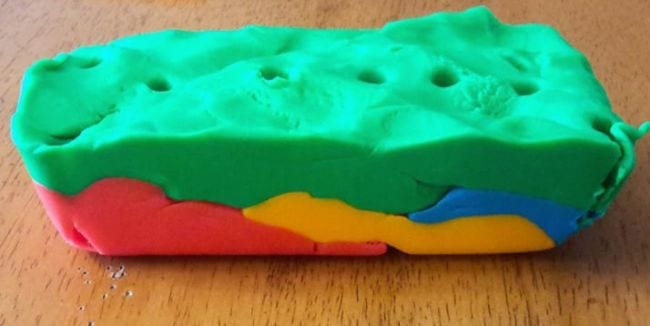
Learn about the layers of the Earth by building them out of Play-Doh, then students can take a core sample with a straw. (Love Play-Doh? Get more learning ideas here.)
Learn more: Line Upon Line Learning
12. Spin a disappearing color wheel
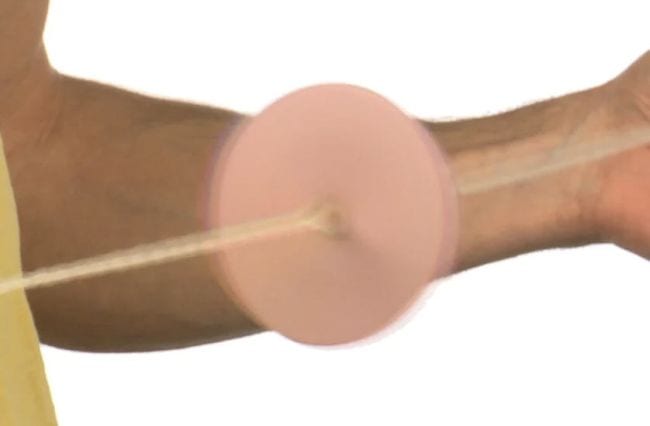
Color a paper disk with the six primary and secondary colors. Then thread a string through the middle and make it spin. The colors will seem to disappear!
Learn more: Crafts Guru on YouTube
13. Crystallize some pretty fall leaves
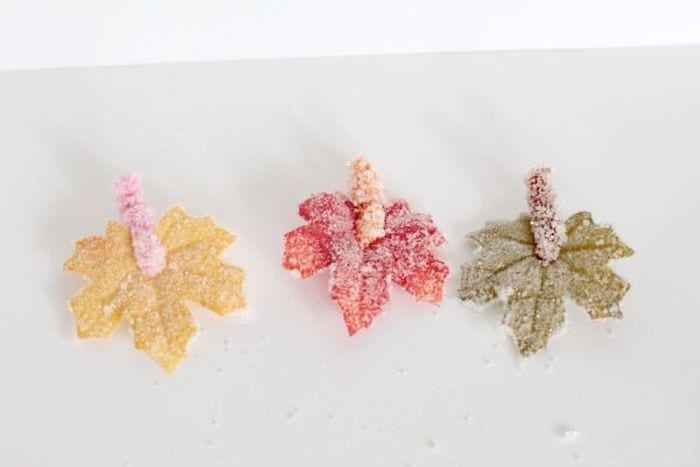
Every kid loves making crystals. In this third grade science project, learn about supersaturated solutions by crystallizing some colorful fall leaves. Then use them as fall classroom décor!
Learn more: Schooling Active Monkeys
14. Find a robot's center of gravity
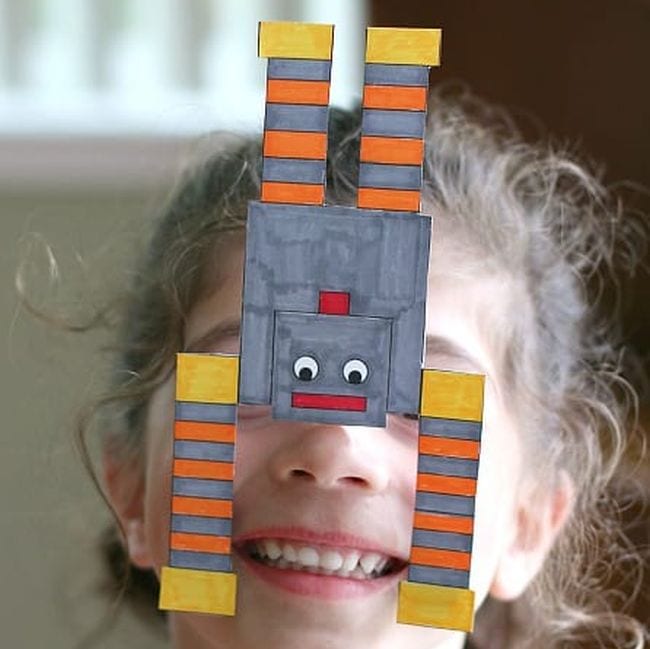
Print out, cut, and color this free paper robot. Then glue some coins to the back and have your students try to find its center of gravity!
Learn more: Buggy and Buddy/Balancing Robot
15. Find the most waterproof roof
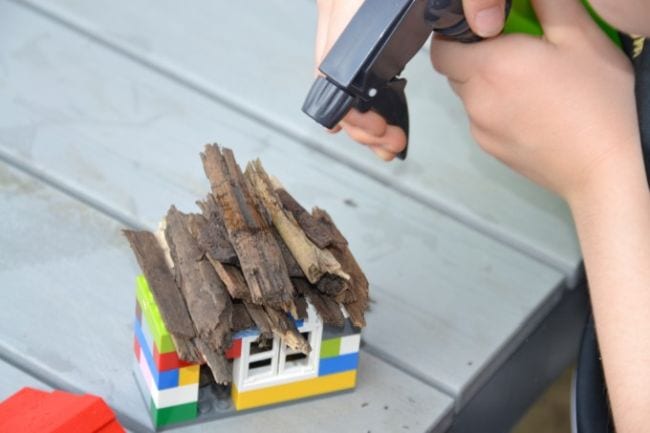
Calling all future engineers! Build a house from LEGO, then experiment to see what type of roof prevents water from leaking inside.
Learn more: Science Sparks/Waterproof Roof
16. Run marble races with pool noodles
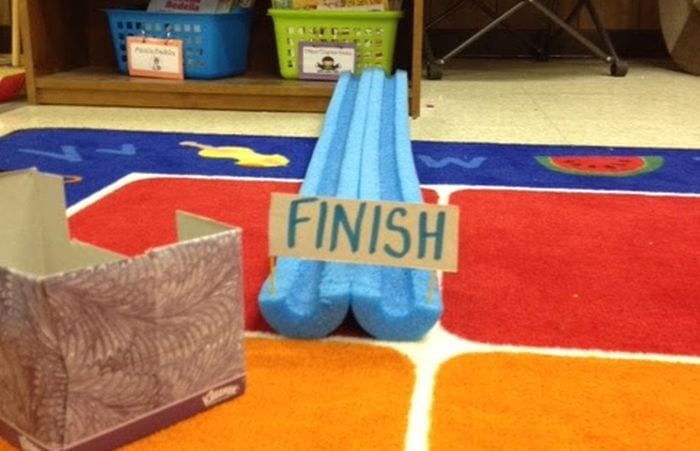
Crack open a pool noodle or two and create your own marble racetracks. Experiment with angles, force, and surface materials to find the fastest way to get the marble to the bottom. (Find more fun ways to use pool noodles in the classroom here.)
Learn more: The Techy Teacher
17. Make sun prints to display
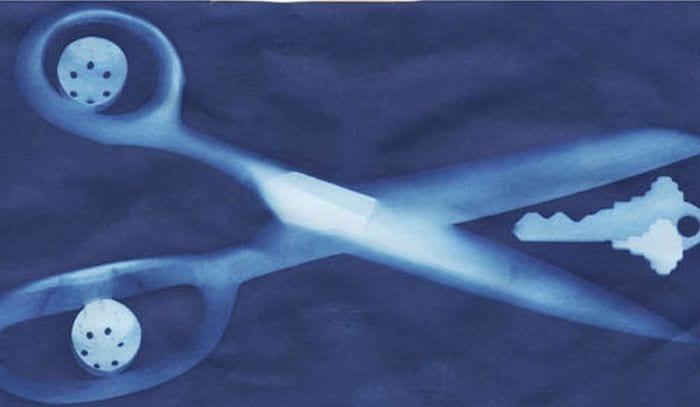
You'll need special sunprint paper for this project, but it's inexpensive and easy to find. Kids learn about chemical reactions as they use the power of the sun to create unique works of art.
Learn more: Science Buddies/Sunprints
18. Make your own bouncing bubbles
Have your third grade science students put on gloves and watch the bubbles bounce! Then encourage them to experiment with their own bubble solution. Try different soaps, mixing up the ratios to make the strongest bubble possible.
19. Build a better umbrella
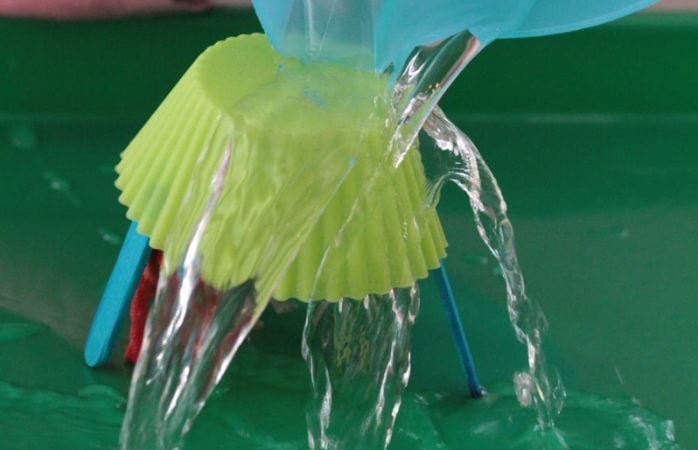
Challenge students to engineer the best possible umbrella from various household supplies. Encourage them to plan, draw blueprints, and test their creations, using the scientific method.
Learn more: Raising Lifelong Learners
20. Project the stars on your ceiling
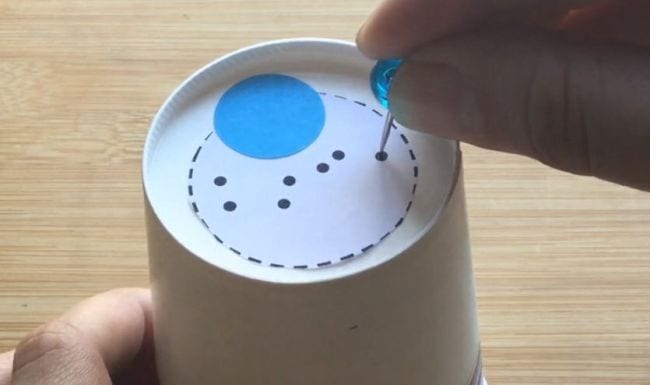
Use the video lesson in the link below to teach 3rd grade science students why stars are only visible at night. Then create a DIY star projector to explore the concept hands-on.
Learn more: Mystery Science
21. Blow through a water whistle
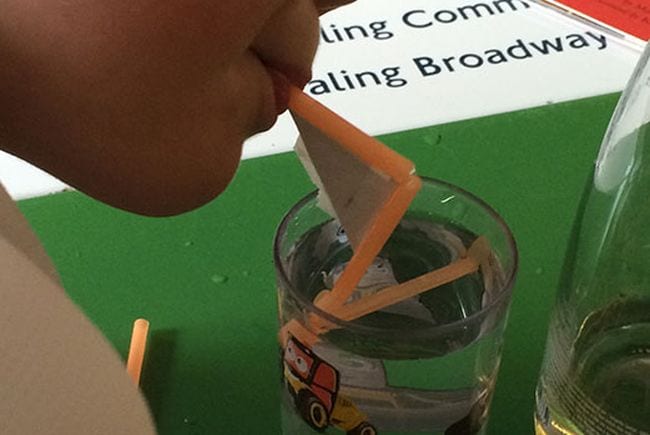
Learn about the science of sound with this easy experiment. Kids will love building their own whistles from straws and a glass of water.
Learn more: My Baba
22. Construct a marshmallow catapult
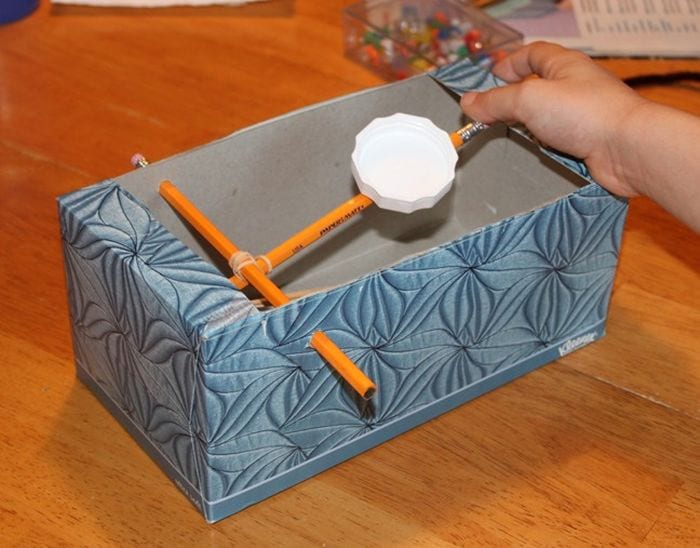
Fling some sweet treats in the name of science! All you need is an old tissue box, pencils, rubber bands, and a few other supplies to learn about trajectory, air resistance, gravity, and more.
Learn more: Frugal Fun for Boys and Girls/Tissue Box Catapult
23. Experiment with ice, salt, and water temperature
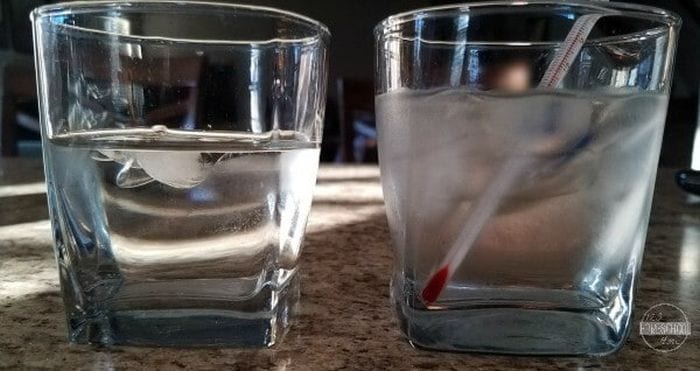
This simple experiment requires only water, ice, salt, and a thermometer. Your third grade science class can explore how ice and salt affect the temperature, a simple but effective lesson on heat transfer and freezing points.
Learn more: 123 Homeschool For Me/Ice, Salt, and Temperature
24. Blow bubbles inside bubbles inside bubbles
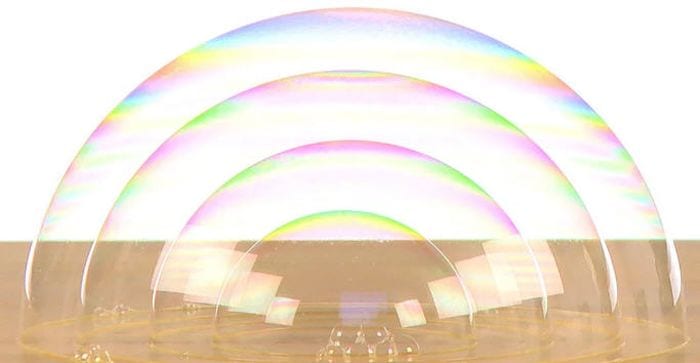
If there's a more fun way to learn about surface tension than bubbles, we haven't found it yet! Create a soap solution by using dissolved sugar and discover more about elasticity and volume as you blow bubbles inside bubbles inside bubbles…
Learn more: RonyesTech
25. Experiment with colors
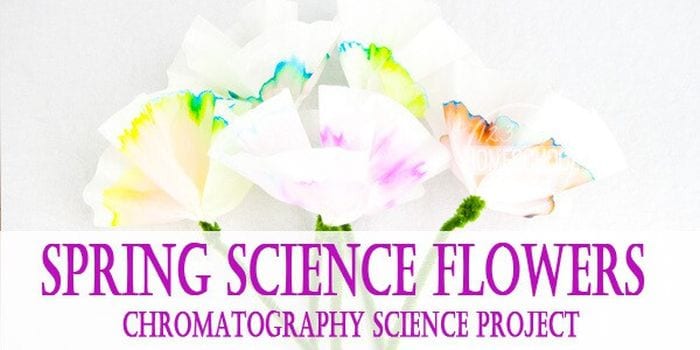
Play around with colors, mix them together, and then use a little science magic to pull them apart again. This chromatography science project requires only simple supplies, like coffee filters and markers.
Learn more: 123 Homeschool 4 Me/Chromatography
26. Understand the science behind bath bombs

Bath bombs certainly make bath time more fun, but what makes them work? Explore chemical reactions and get squeaky clean all at the same time!
Learn more: Learning Hypothesis
27. Use water balloons to explore buoyancy
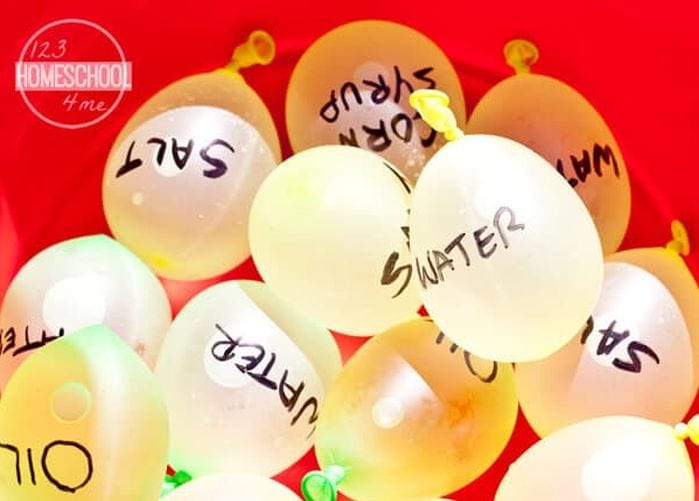
Fill water balloons with different solutions (oil, saltwater, plain water, etc.) and place the balloons in a large bucket of water to see if they sink or float. This is a cool project to do with your 3rd grade science class on the playground on a sunny day.
Learn more: 123 Homeschool 4 Me/Balloon Density
28. Explore static electricity with jumping goop
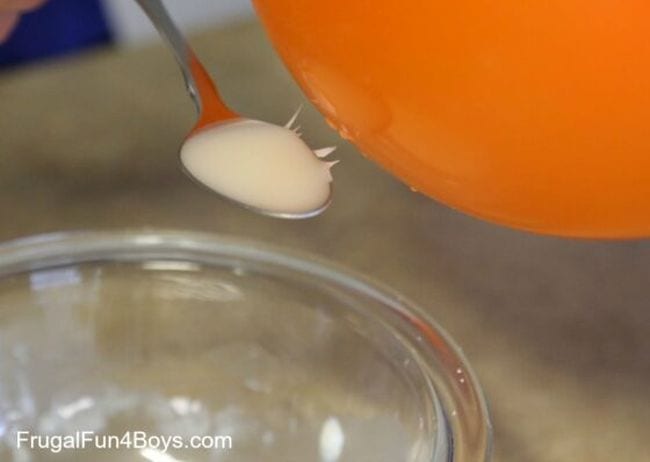
Your students have probably tried rubbing a balloon on their heads to create static electricity with their hair. This experiment is even cooler to see, as a mix of cornstarch and oil seems to leap off the spoon in front of their eyes!
Learn more: Frugal Fun for Boys and Girls/Static Electricity
29. DIY these natural-dye markers
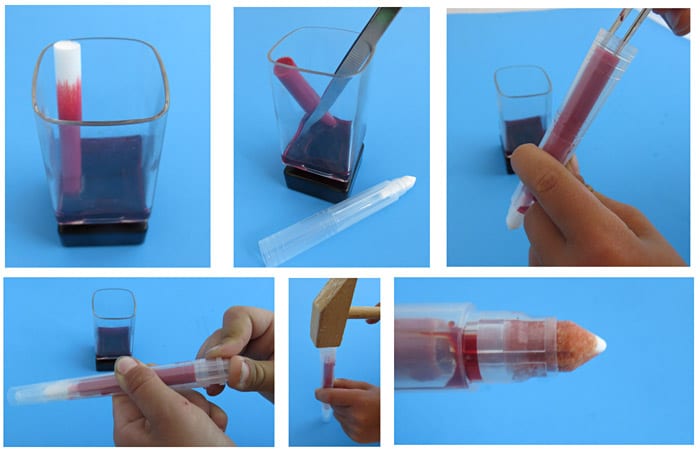
This is the kind of project that turns STEM into STEAM! Learn about the process of extracting natural dyes and use paper chromatography to make your own DIY markers. Kids can use these markers to create amazing masterpieces!
Learn more: Science Buddies/DIY Markers
30. Investigate the effects of erosion

Compare the effects of "rain" on hills of bare soil vs. those covered with grass. Have your third grade science students predict which they think will stand up to erosion better and then test their hypotheses.
Learn more: Third Grade Thinkers/Erosion
31. Learn how water temperature affects density
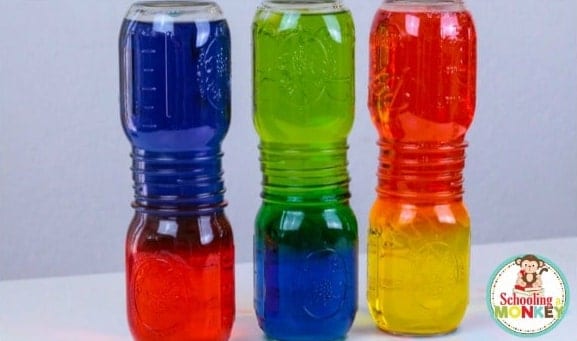
Looking for a simple, quick, and colorful science experiment? This one just requires some mason jars, hot and cold water, and food coloring. Kids will be amazed at the results!
Learn more: Steamsational
32. Dissolve cups to learn about types of change
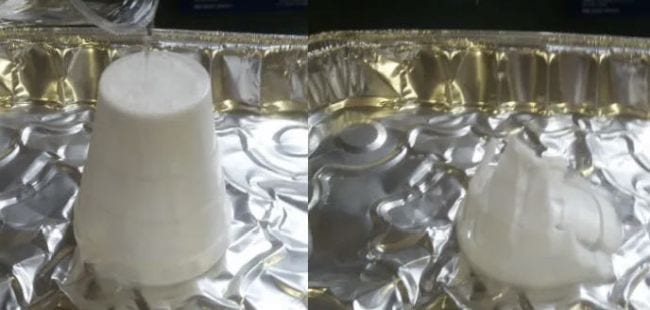
Teach your third grade science class about the differences between physical and chemical changes with this quick and easy experiment involving styrofoam cups.
Learn more: The Owl Teacher/Dissolving Cups
33. Grow bacteria from common surfaces
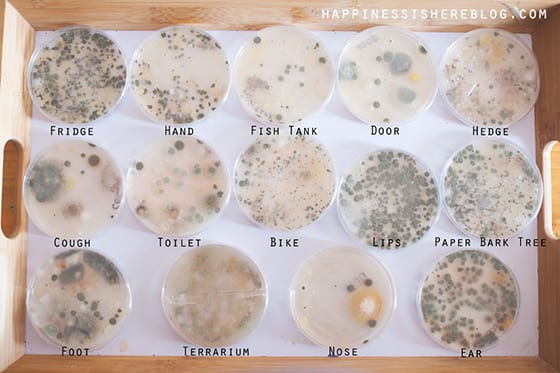
There's never been a better time to learn about the way germs spread! Take samples from a variety of surfaces, then watch bacteria grow in petri dishes just like grown-up scientists.
Learn more: Happiness is here
34. Take friction for a ride
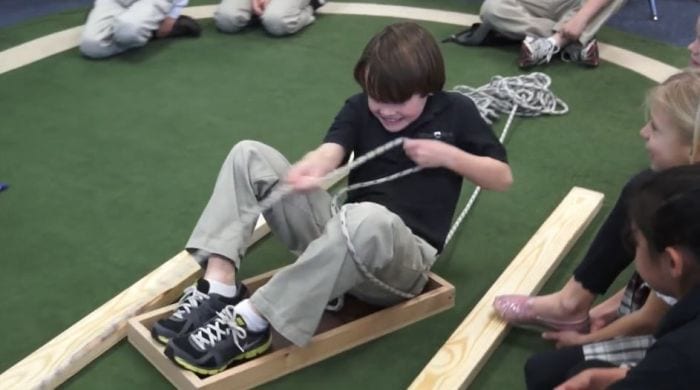
Your students will love pulling their way across the floor as they discover more about friction and its effects on motion. Build your own "sled" or use a pre-made box or tray.
Learn more: PorterGaudCyclones on YouTube
35. Step through an index card
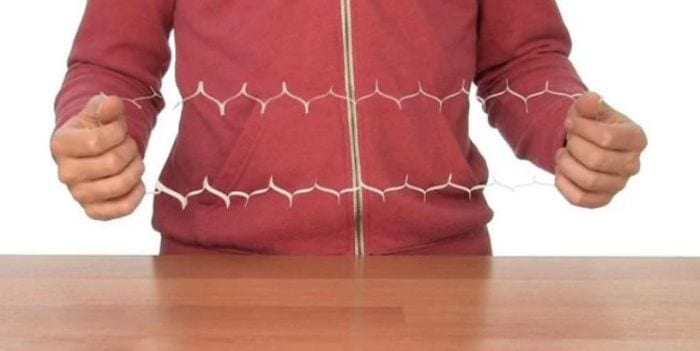
With carefully placed scissor cuts on an index card, you can make a loop large enough to fit a (small) human body through! Kids will be wowed as they learn about surface area.
Learn more: Mess for Less
36. Explode colorful paint bags
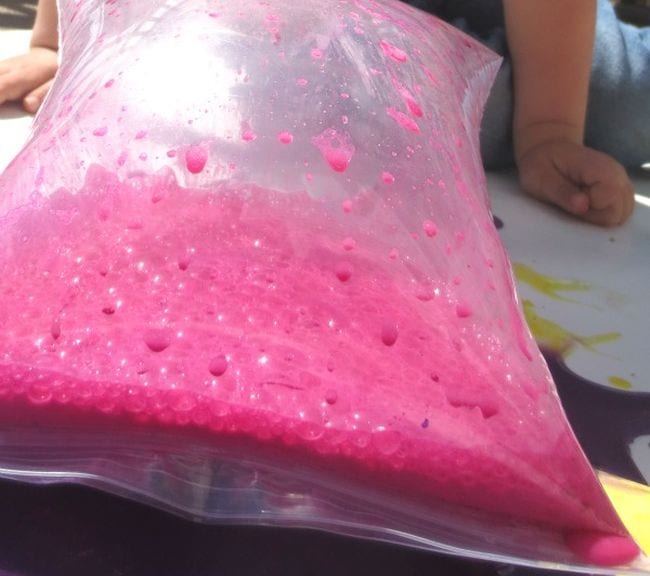
Experiments with acids and bases are always fun for kids. You'll want to take this one outside because it's bound to make a mess. Mix colored chalk with vinegar and watch the colors fly!
Learn more: Growing a Jeweled Rose
37. Turn crayons into rocks
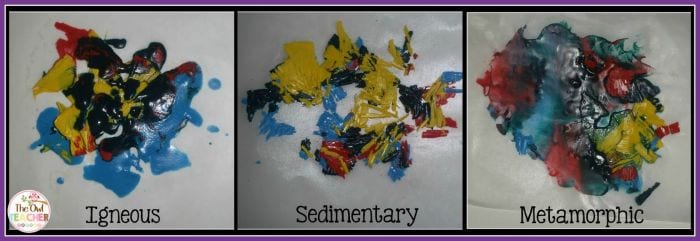
Demonstrate the effects of heat and pressure on crayon shavings to explain the different types of rocks to students. It's a colorful intro to geology!
Learn more: The Owl Teacher/Crayon Rocks
38. Go green with recycled paper
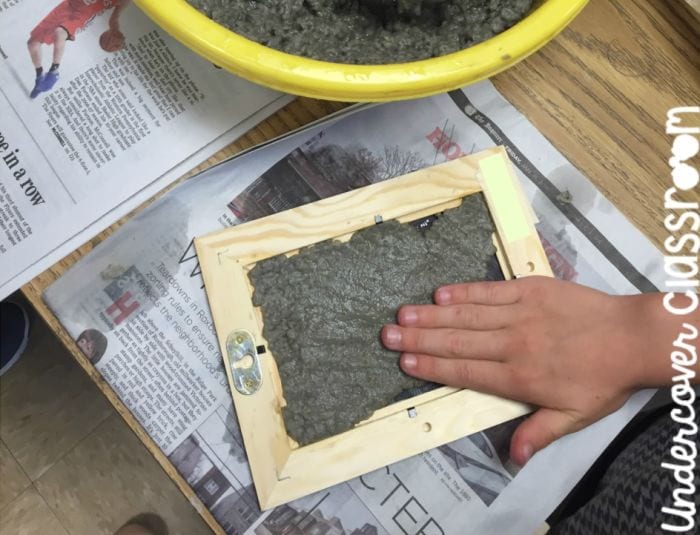
We talk a lot about recycling and sustainability these days, so show kids how it's done! Recycle old worksheets or other papers using screen and picture frames.
Learn more: Undercover Classroom
39. Filter sediment from dirty water
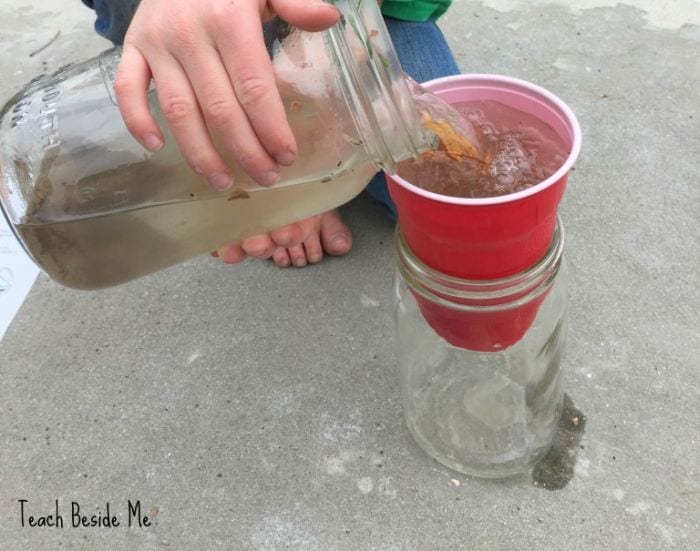
Explore sediments and water filtration with this easy third grade science experiment. It's a fun way to learn more about the water cycle.
Learn more: Teach Beside Me
40. Send secret messages with invisible ink
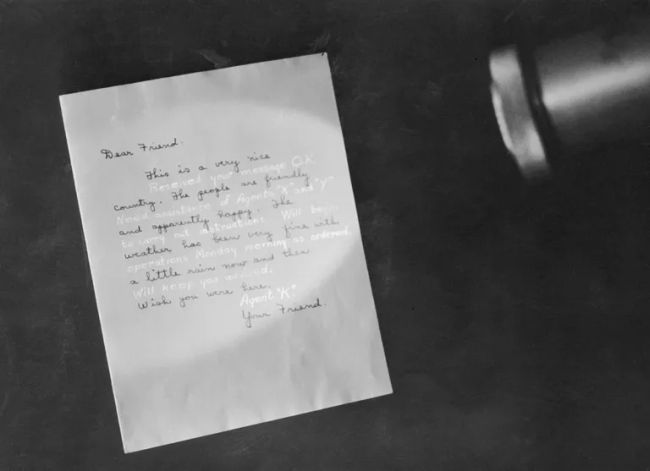
Kids will love swapping secret messages with their friends in this acid-base science project. Mix the water and baking soda and use a paintbrush to write a message. Then use grape juice to expose the message or hold it up to a heat source.
Learn more: ThoughtCo
41. Teach the scientific method with milk and cookies
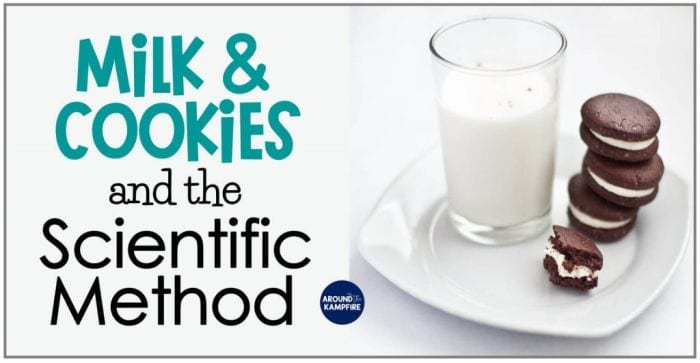
This third grade science project is sure to be a slam dunk—cookie dunk, that is! Kids experiment by dipping cookies in milk, using the scientific method to document their findings. Check out our other edible science experiments, too.
Learn more: Around the Kampfire
42. Put together a compost bottle

Learn about the decomposition of food and how composting can provide nutrients for growing more food with this easy earth science project.
Learn more: Busy Mommy Media
43. Sprout sweet potatoes
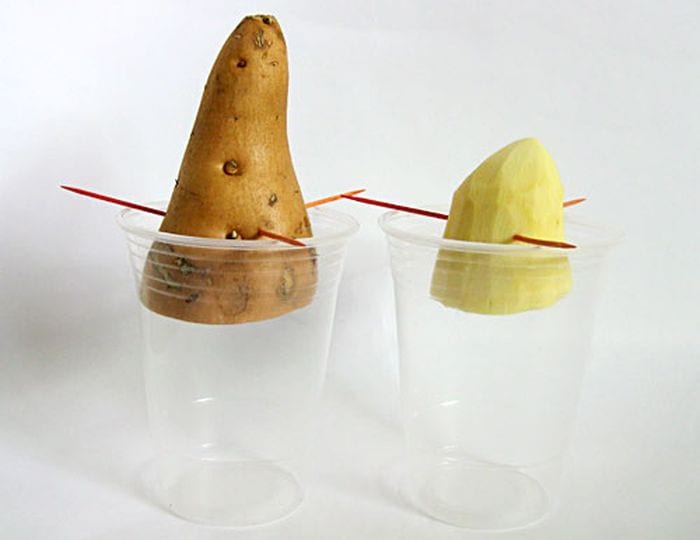
Potatoes grow from tuberous roots, and under the right conditions, new shoots appear from those roots. This third grade science experiment explores the biological science behind cloning.
Learn more: Science Buddies/Sweet Potatoes
44. Stab a straw through a potato

Plastic straws may seem flimsy, but by using the power of air pressure, you can make one strong enough to stab all the way through a potato!
Learn more: KiwiCo
45. Shake up some ice cream
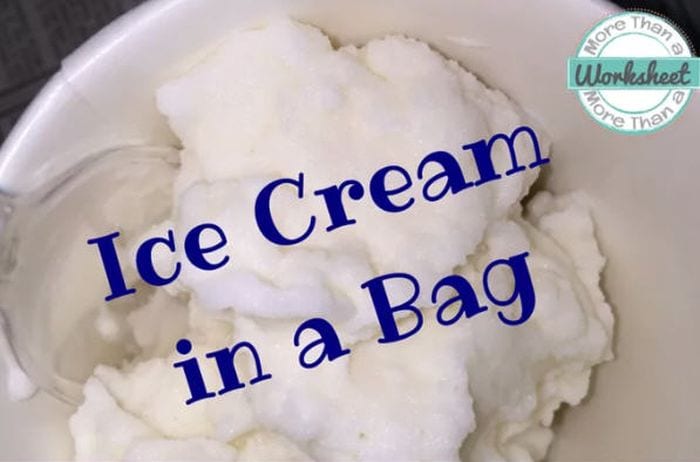
Get kids up and moving when they shake their way to ice cream, made from scratch using ice and plastic zipper bags! Talk about heating and cooling as well as condensation while you enjoy your snack.
Learn more: Mom of 6
Keep up the STEM enthusiasm with these fun and engaging third grade math games.
Plus, sign up for our newsletters to get all the latest teaching tips and tricks, straight to your inbox!
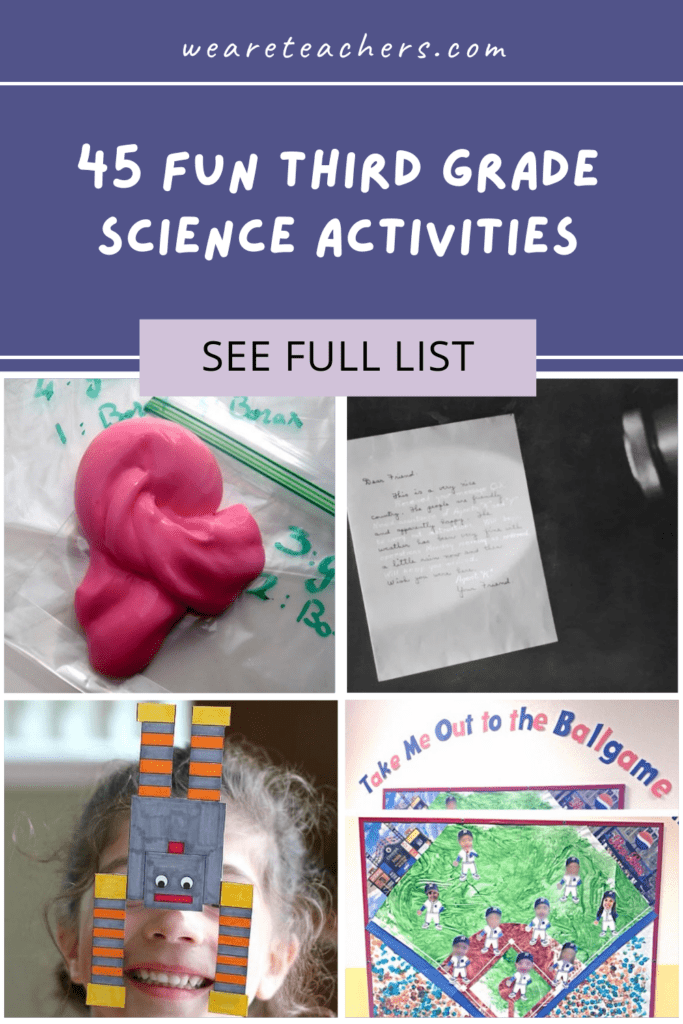
Source: https://www.weareteachers.com/3rd-grade-science-projects/
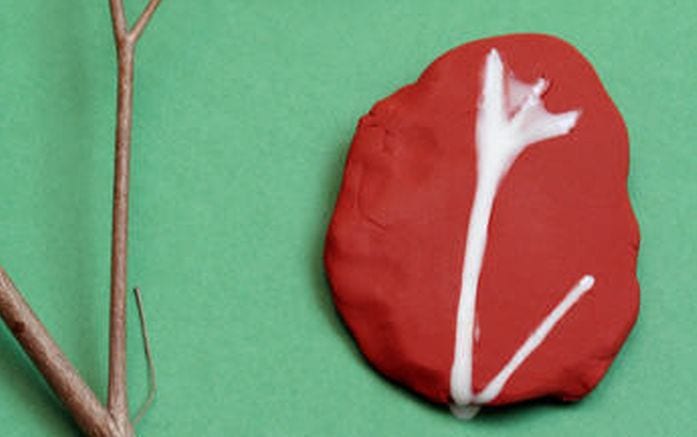
0 Response to "Easy Science Fair Project for 3rd Graders"
Postar um comentário